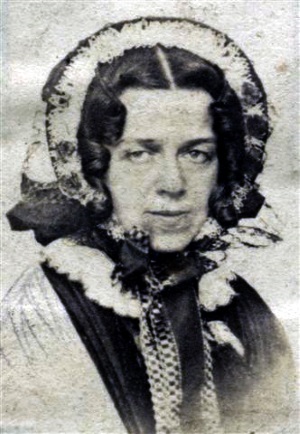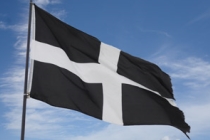Elizabeth Catherine Thomas Carne - Cornish geologist, philanthropist, conchologist, financier, banker, natural philosopher and mineral collector

Elizabeth Catherine Thomas Carne was the fifth daughter of eight children born to Joseph Carne, F.R.S., and his wife Mary Thomas Carne.
Elizabeth was born at Rivière House, in the parish of Phillack, near Hayle, Cornwall and baptised in Phillack church on 15 May 1820.
At Riviere House the cellars were fitted out as laboratories where smelting processes of copper and tin were tested and minerals and rocks studied for their constituents. To that laboratory had come, before she was born, people such as Davies Gilbert, bringing with him the young Humphry Davy to view the workings of a scientific environment.
Born into a wealthy and influential Methodist family of mine owners and merchants, Elizabeth was acutely aware throughout her life of the poverty and deprivation in surrounding mining areas and the dire need for education and social support for those less fortunate.
She read widely, studied mathematics and the classics, and learned several languages.
Both her grandfather and her father were staunch and active Methodist class leaders and the local Methodist book room was lodged in their home. Educated at home in Chapel Street by her parents, Penzance with her sisters, she assisted her father with his extensive mineral collections, and shared his keen interest in geological formations, age and density.
On her father's death in 1858, having come into an ample fortune, she spent considerable sums in charitable purposes, gave the site for the Elizabeth or St. Paul's schools which were opened at Penzance on 2 February. 1876, founded schools at Wesley Rock, Carfury, and Bosullow, three thinly populated districts in the neighbourhood of Penzance and built a museum in which to exhibit to the public a fine collection of minerals which she had inherited from her parent.
She was the head of the Penzance bank from 1858 to her death.
She inherited her father's love of geology, and wrote four papers in the ‘Transactions of the Royal Geological Society of Cornwall (RGSC):’ ‘Cliff Boulders and the Former Condition of the Land and Sea in the Land's End district,’ ‘The Age of the Maritime Alps surrounding Mentone,’ ‘On the Transition and Metamorphosis of Rocks,’ and ‘On the Nature of the Forces that have acted on the Formation of the Land's End Granite. She was also, unusually for a woman at that time, elected a member of the RGSC.
Many articles were contributed by her to the ‘London Quarterly Review,’ and she was the author of several books.
She died at Penzance on 7 September 1873 and was buried at Phillack on 12 September, 1973.
This article has been kindly provided by Kernow Matters to Us and is part of the series on Famous Folk of Kernow (Cornwall).
- Cornish
- English
- Log in to post comments





